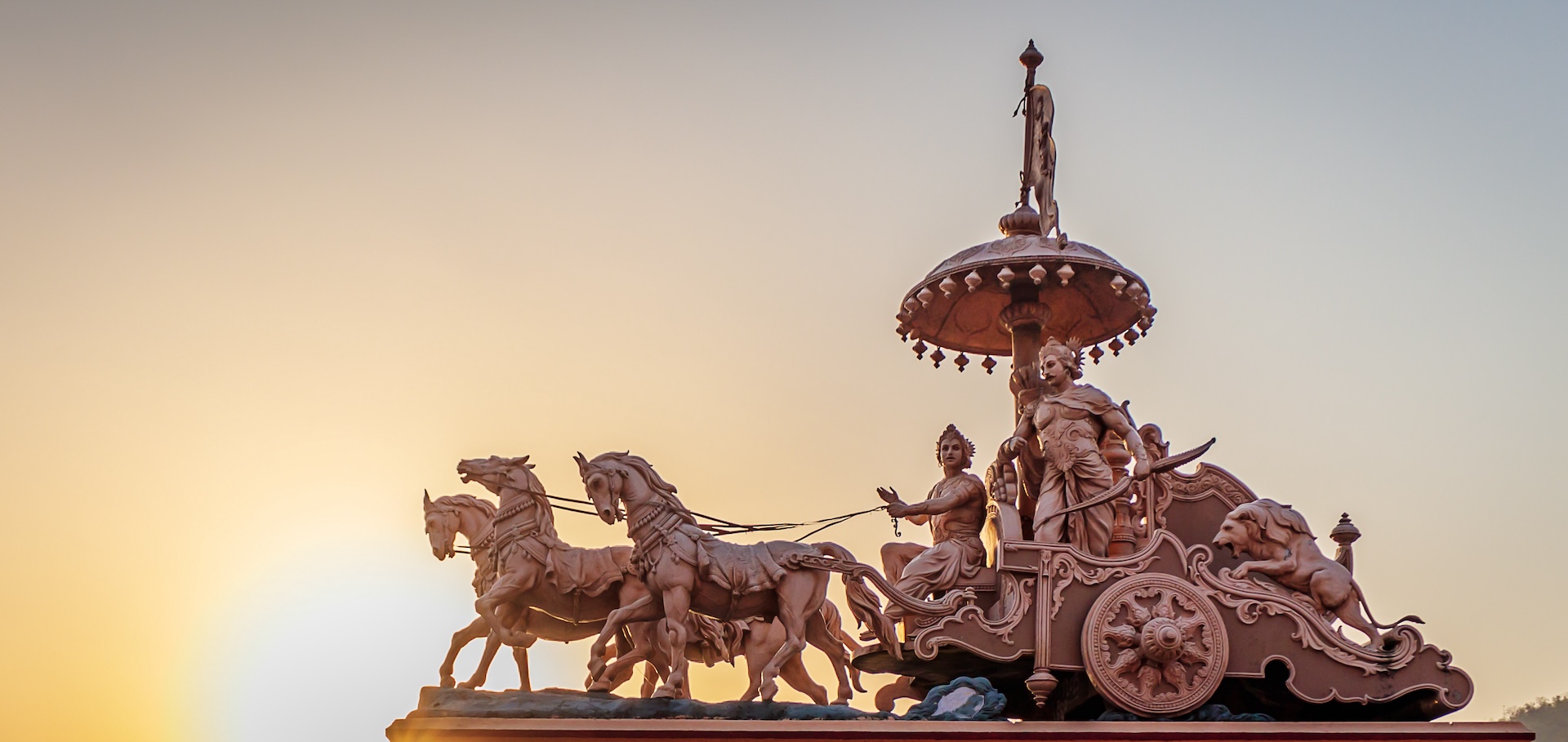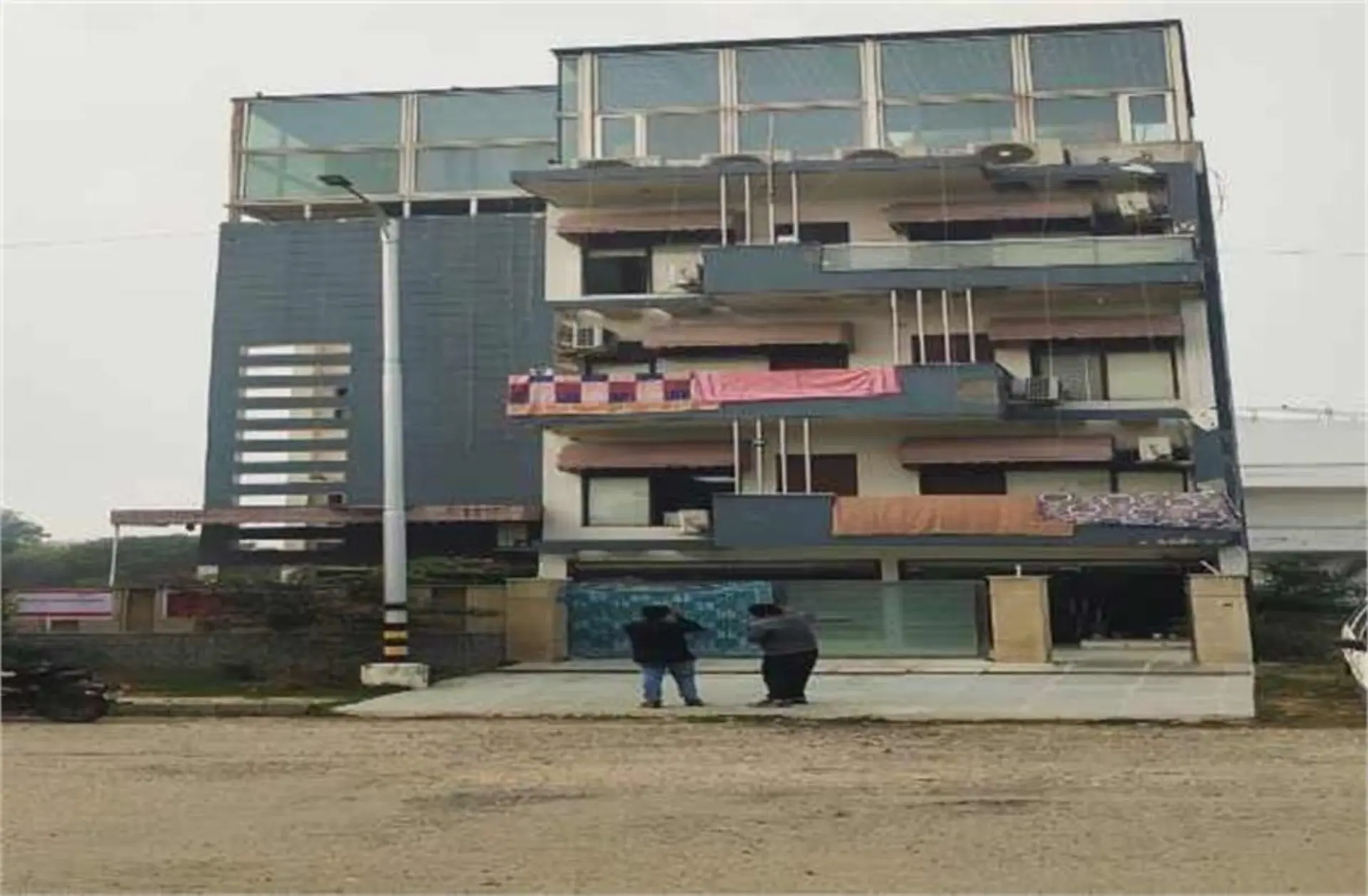
Since its establishment in 1966, Haryana has experienced remarkable modern growth, transforming from an agrarian economy to a diverse industrial hub, from vast open lands to flourishing businesses, and, of course, has become India’s sports hub. The state leveraged its strategic location near Delhi, robust infrastructure, and progressive policies to attract investment in manufacturing, IT, and services. Gurugram, also popularly known as the Millennium City, has become a major IT and corporate center. Agriculture remains vital, with advancements in technology and irrigation.
But despite all these achievements and progress, Haryana still doesn’t have its independent capital, and it shares 'Chandigarh', a Union Territory and its capital, with Punjab. The political parties of Punjab keep demanding to take Chandigarh back entirely and the issue of Haryana not having its capital keeps coming back in the news without any solution. It is, perhaps, time that the Haryanvis start thinking about getting another capital of their own. And, this is precisely what Mohinder Chopra is asking Haryanvis to ask and even ponder.
There are various reasons for this. First, although Chandigarh, a union territory, serves as Haryana's administrative centre, most of the state's citizens cannot easily reach it even after infrastructure improvement. Haryana lacks administrative control over its capital and shares the space of its capital with Punjab, which also results in awkward or contentious situations in court. The Political leaders and bureaucrats find the city to be a nice and safe place to live as Chandigarh is among the most beautiful and planned cities of India, but for the average Haryanvi, travelling for minor administrative or judicial activities can be expensive and inconvenient, costing thousands of rupees in road tolls. Secondly, the feeling of belongingness when one reaches the capital city of any state is also missing in the case of an average Haryanvi from far-flung areas.
Thirdly, the economic potential of a new capital city for Haryana is immense. The construction of cutting-edge infrastructure could bring in an unprecedented amount of capital, potentially worth lakhs of crores. This prospect is eagerly anticipated by the Haryanvi youth, as it could lead to a significant increase in job opportunities and help alleviate the problem of unemployment. The new capital city could also be developed as a globally recognized knowledge hub, surpassing even Gurugram, with superior connectivity and proximity to the national capital. This, in turn, could spur developmental initiatives in the nearby underdeveloped areas, further boosting the state's economy.
Fourthly, Punjab preserves the memories of its ideals and icons by building statues, museums, and institutions. In contrast, museums and institutions for Haryanvi icons and personalities such as Raja Nahar Singh, Pt Lakhmi Chand, Professor Sher Singh, Balmukund Gupta, Rao Tula Ram, Ch Matu Ram, Seth Chhaju Ram, Dr Ramdhan Singh, Sir Chhotu Ram still look towards the administration with hope. The new state capital can solve this problem and bring much-needed social integration between Haryanvis of different regions.
Furthermore, the cultural significance of a new capital for Haryana cannot be overstated. While the current state capital is a melting pot of several regional cultures, preserving Haryana's rich cultural legacy is crucial. This would not be possible without a capital of its own. Haryana and Haryanvis can draw inspiration from the people of Telangana, who fought long and hard for statehood. This struggle helped the Telangana identity to rise across the globe. Therefore, the common Haryanvi must consider establishing a new state capital, ensuring separate capital so that future generations can proudly witness the legacy of Haryana without any inconvenience.















